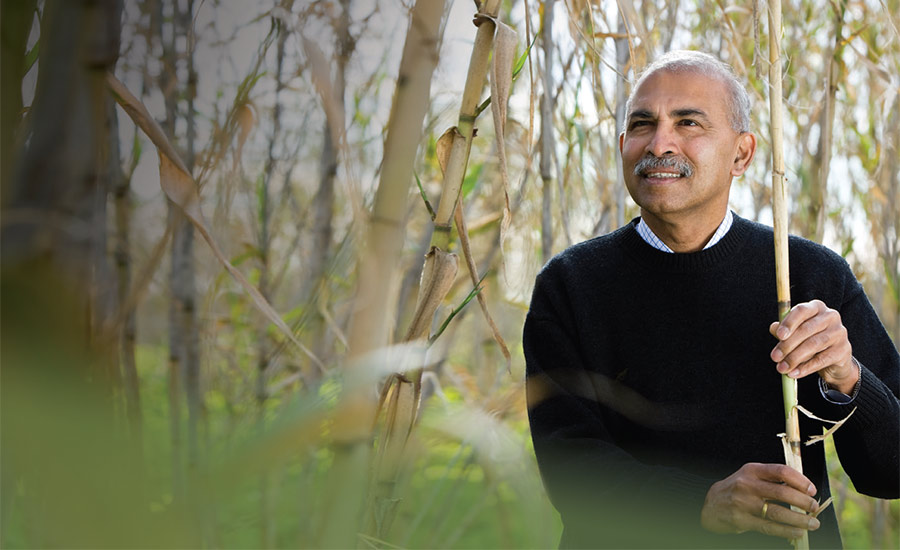We use cookies to give you a better experience on our website. Learn more about how we use cookies and how you can select your preferences.
CRC CARE helps overhaul site contamination protocols

CRC CARE Chief Executive Officer and Managing Director, Professor Ravi Naidu
CRC CARE is working with 29 industry and government partners to develop technologies to assess, clean up and prevent soil, water and air contamination. These include an environmentally friendly solution to China’s pig waste problem, and a world-leading method for cleaning up the potentially toxic chemicals found in some fire-fighting foams.
Behind the scenes, the work of the CRC has also resulted in new national standards for assessing and managing sites contaminated by petroleum hydrocarbons, a potentially costly problem for industry.
Chief Executive Officer and Managing Director of CRC CARE, Professor Ravi Naidu, says that the CRC developed health-based screening levels for petroleum hydrocarbons – the potentially hazardous compounds found in crude oil that can contaminate the environment. These standards were adopted by Australia’s National Environment Protection Council in May 2013.
“We saw a need for collaboration with regulatory bodies to ensure that certain environmental policies were consistent and underpinned by scientific data.
“There is always a tendency towards conservatism when forming policy, particularly when the environment is concerned. This can create costs for industry,” Professor Naidu said.
“For example, previously the mere presence of petroleum hydrocarbons in soil or groundwater would have resulted in industry having to clean up the entire site.
“CRC CARE has developed health screening levels which are now used – so if levels present do not pose a risk to health, a site does not necessarily have to be cleaned up, meaning substantial savings for industry without compromising human or environmental health.”
The new protocols represent the most advanced consensus available on the health risk of soils contaminated by hydrocarbons. They also differentiate between different depths for soil, soil vapour and groundwater, and between sand, clay and silt.
CRC CARE also played a lead role in the development of now-adopted national standards for the assessment of contaminated sites, an area that was previously hampered by inconsistent approaches across state jurisdictions. This has resulted in more rigorous and effective site assessment, and the CRC is now driving the equivalent improvement of Australia’s standards for contaminated site remediation.
Professor Naidu said that the CRC’s example of bringing industry and regulators together to create best-practice policy was now being considered by bodies in the United States, United Kingdom and Canada. “The CRC Program is all about developing solutions to problems confronting industry.“Traditionally academics would simply write papers on their research, but the CRC Program is about creating technologies that can be up-scaled. This involves a cultural change and a multidisciplinary approach, which includes engineers and even regulators. It is a big challenge for the research community, and not always easy to do, but it is very exciting,” Professor Naidu said.
CRC CARE’s work has been supported by $56.1 million in Australian Government funding from the CRC Program since 2005.
CRC CARE’s other achievements include:
- working with partners in China to turn the large pollution problem of piggery waste into revenue from recovered nutrients and biogas energy.
- developing a method for remediating lead-contaminated shooting ranges that is both cheaper and more effective than traditional approaches.
- demonstrating how to restore an area severely affected by acid-sulfate soils.
- developing a clay–mineral mix that cleans up the hazardous chemicals found in many fire-fighting foams.
Download the CRC CARE customer story
PDF · 1.08 MB